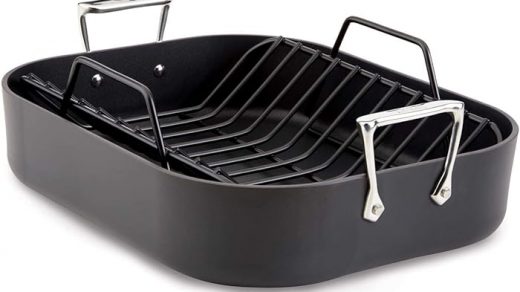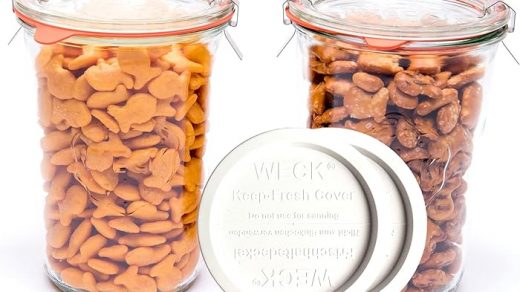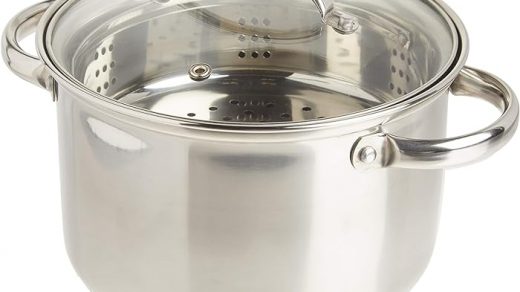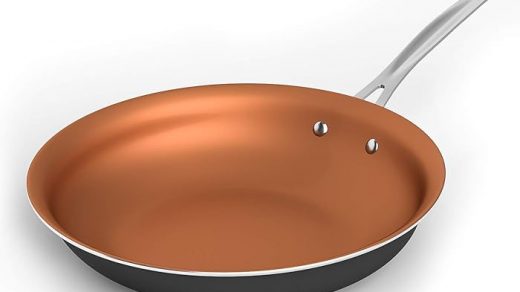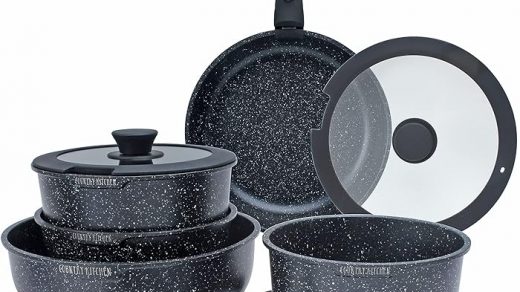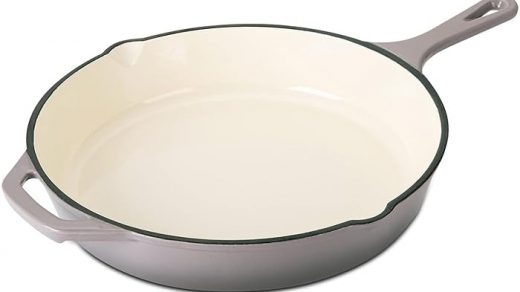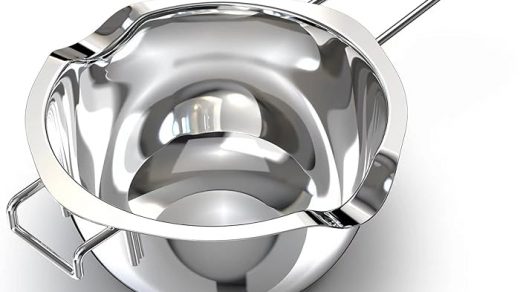Konjac Oat Noodles are an innovative type of pasta that combines konjac fiber and oat fiber flour, offering a calorie-free alternative to traditional pasta. These noodles are perfect for those following keto and paleo diets. The konjac corms, a type of yam, are dried and ground into flour, forming the basis for shirataki noodles and other jelly-like foods. In the Western world, konjac serves as both a food additive and a dietary supplement known for its potential to reduce plasma cholesterol.
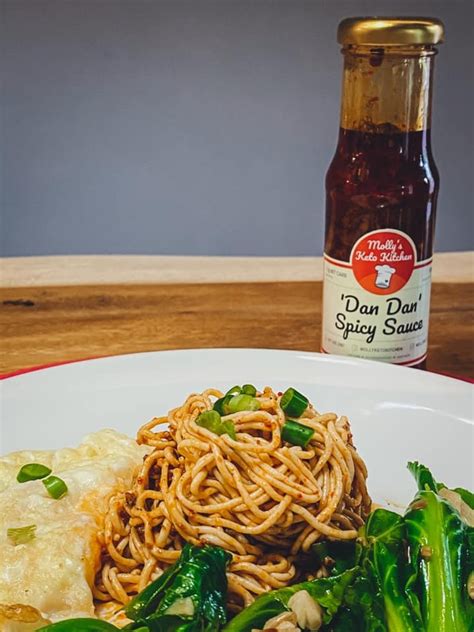
Konjac noodles are an excellent choice for individuals managing diabetes, thanks to their extremely low carbohydrate and zero sugar content. To prepare, drain the noodles and either dry them on a towel or stir-fry them without oil for a minute. These noodles are notable for their lack of taste and smell, as well as their unique jelly-like consistency.
Shirataki noodles primarily consist of water and konjac plant starch. Konjac, rich in the water-soluble dietary fiber glucomannan, is often used as a weight loss supplement. These noodles are suitable for a wide range of dietary needs, being vegetarian, vegan, gluten-free, and fat-free. They are also a good source of fiber, making them a healthy addition to any diet.
The konjac plant itself is nutritionally dense, containing essential amino acids and minerals such as calcium, phosphorus, iron, zinc, and magnesium. Its high fiber content makes it both nutritious and easily digestible. To cook, simply heat the noodles in a non-stick frying pan until they turn white and most of the liquid evaporates. This versatile plant is not only used in traditional medicine but also in making various snacks and supplements to aid in blood sugar and cholesterol management.
